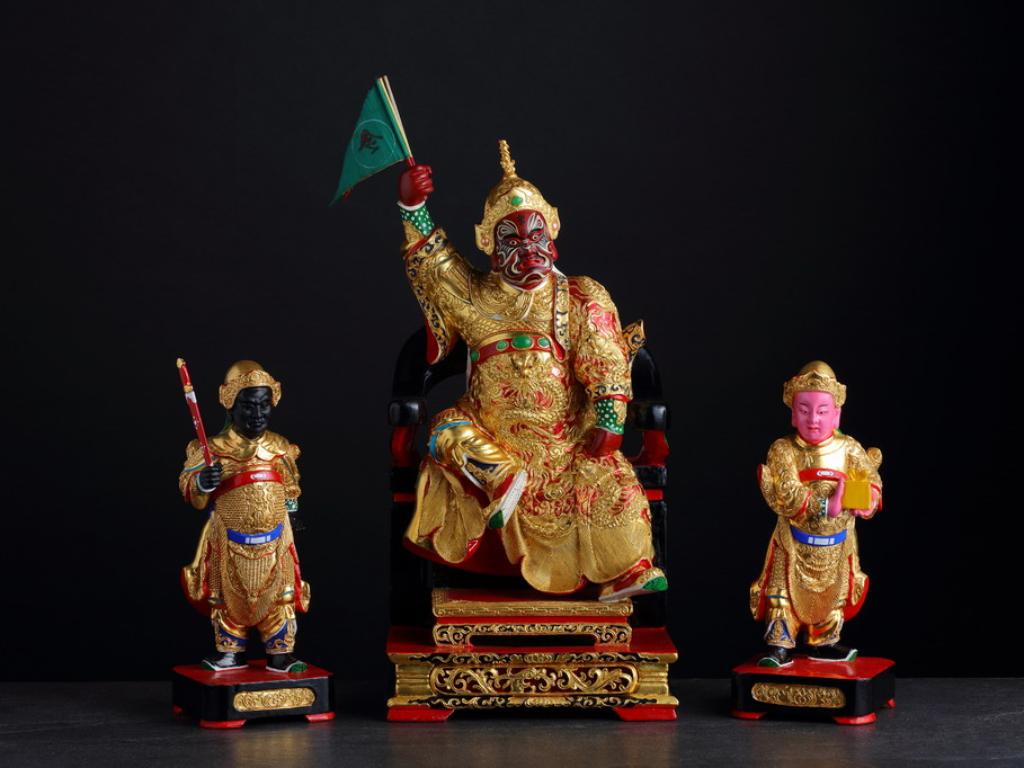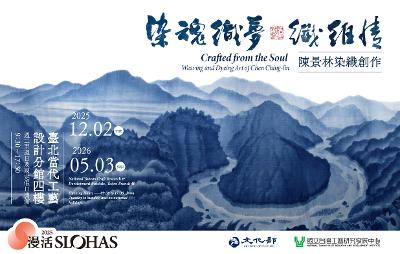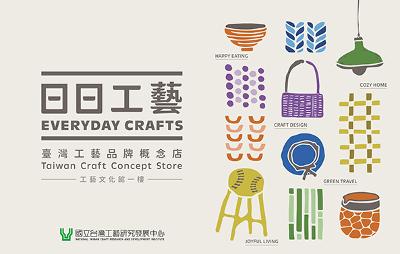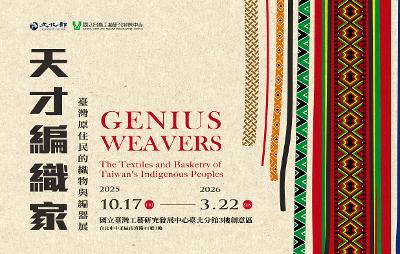NEWS
- Exhibition
Wood Carving from the Heart: Chi-Tsun Chen's Wood Carving Art Exhibition
Exhibition Overview Wood carving is a three-dimensional art in which artisans select suitable wood and use carving tools with focused mindfulness and refined skills to intricately sculpt wooden materials. Unlike additive processes, wood carving embodies a “subtractive approach,” where creators continuously refine and distill the essence of their vision through careful removal, integrating their thoughts and creativity into the process. As one of Taiwan's significant traditional crafts, wood carving is evident in its applications for deity statues, altars, and various wooden objects used in temples and households. In the carefully condensed space shaped by each thoughtful chisel stroke, wood carving’s subtractive artistry not only reflects the flourishing development of wood carving craftsmanship and folk beliefs but also showcases its inseparable connection to everyday life and culture. Master Chi-Tsun Chen, who began his apprenticeship under Fuzhou-style deity carver Yi-Shui Lin in 1976, has dedicated nearly fifty years to the field of wood carving. He has inherited the essence of traditional wood carving while actively seeking to enhance his techniques and break through the boundaries of knowledge and experience. With relentless artisan spirit, he has pioneered a new perspective that blends traditional crafts with modern art, promoting wood carving through diverse interdisciplinary collaborations. In 2020 Chen was honored with the National Crafts Achievement Award. His works encompass both traditional wood carvings and modern sculpture series, continuously accumulating and passing down knowledge like the growth rings of a tree, steadily evolving with the times and extending into the future. This embodies the most vibrant and moving vitality of contemporary Taiwanese wood carving craftsmanship. This special exhibition, titled Wood Carving from the Heart, showcases 66 meticulously selected works. It is divided into four thematic sections: "The Beginning of Apprenticeship," "Accumulating Artistic Knowledge," "Observing the Contemporary," and "A Symphony of Diversity." These sections highlight how Chi-Tsun Chen transitioned from traditional wood carving to modern sculpture, overcoming challenges posed by technological advancements and evolving societal demands. The exhibition illustrates his ongoing journey of personal growth, relentless pursuit of innovation, and remarkable breakthroughs in the art of wood carving. Wood Carving from the Heart :Chi-Tsun Chen's Wood Carving Art Exhibition Exhibition Duration: 2025.02.18 - 2025.05.11 Opening Hours: Tuesdays to Sundays (Including national holidays) 09:30-17:30 Venue: 2F, Taipei Branch, National Taiwan Craft Research and Development Institute Address: NO. 41, Nanhai Rd., Zhongzheng Dist., Taipei City 100052, Taiwan (R.O.C.)
EXHIBITIONS
MoreIMEDIA
Needle and Thread's Promise Through the Generations - Xiang-Hua Shi & Art on the Fingertips Nurtured by the Old Town - Chen-Chun Xu
Go deep into the scene to directly understand the craft creation journey of needle embroidery workers Xiang-Hua Shi and Chen-Chun Xu in Lugang, Changhua.
COLLECTION
More
The Enthroned Central Army General
The title 'Zhongjun' ('Central Army') originated from ancient officialdom or military organization, denoting the central command led directly by the supreme commander. Often depicted holding a five-colored flag, it symbolizes comprehensive power encompassing all directions – north, south, east, west, and center – highlighting its esteemed position. This General deity figure is crafted as a single, unified piece, with the helmet, body, and seat/base seamlessly integrated. The facial makeup draws inspiration from Peking Opera facial patterns. The attire is a semi-civil/military style, featuring inner armor partially visible on the right shoulder and leg beneath an outer python robe. The right arm is raised high, holding a five-colored triangular command flag. The accompanying Seal Bearer and Sword Bearer embody civil and martial attributes, respectively, distinguished by the colors of their facial makeup.


